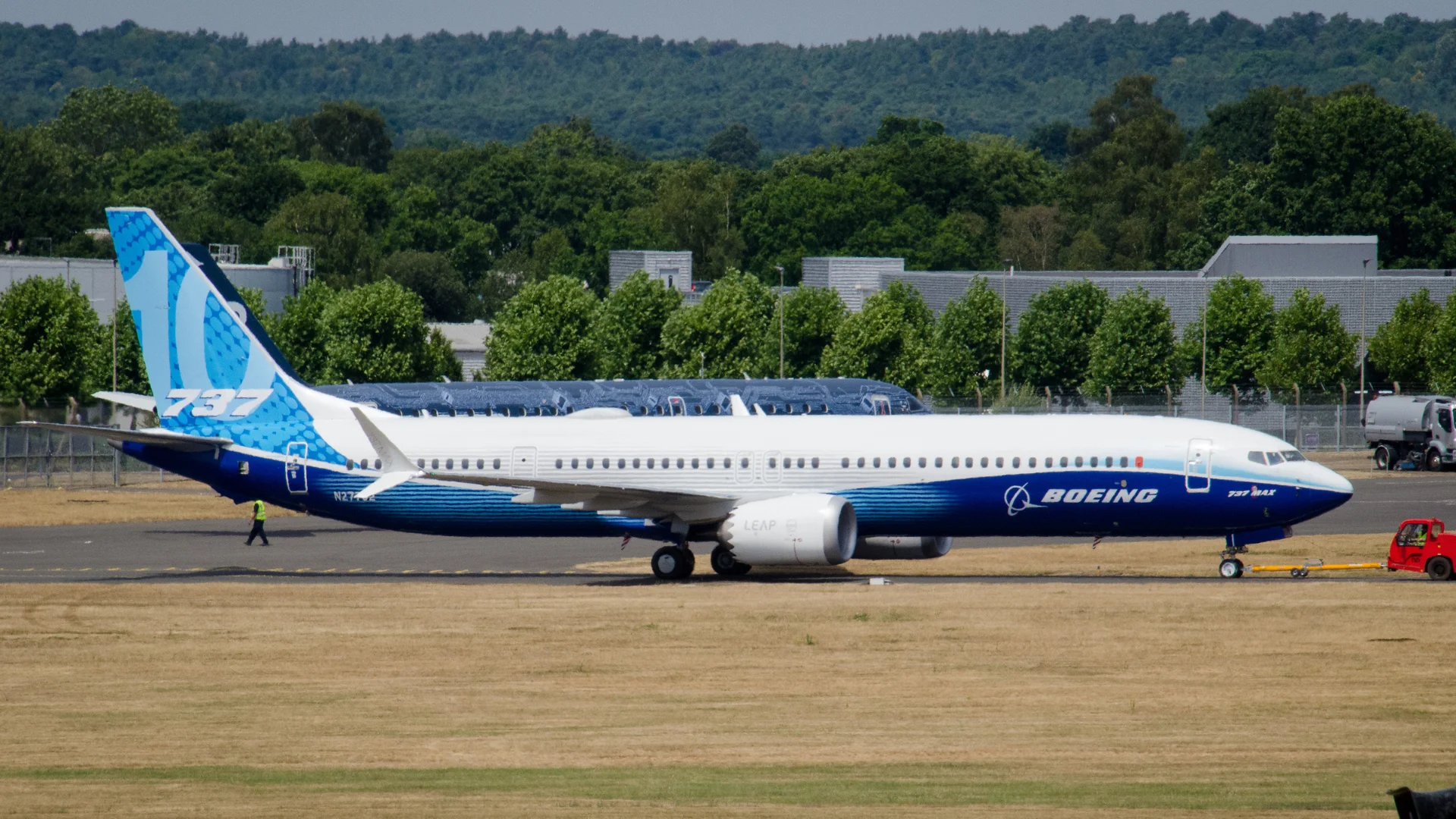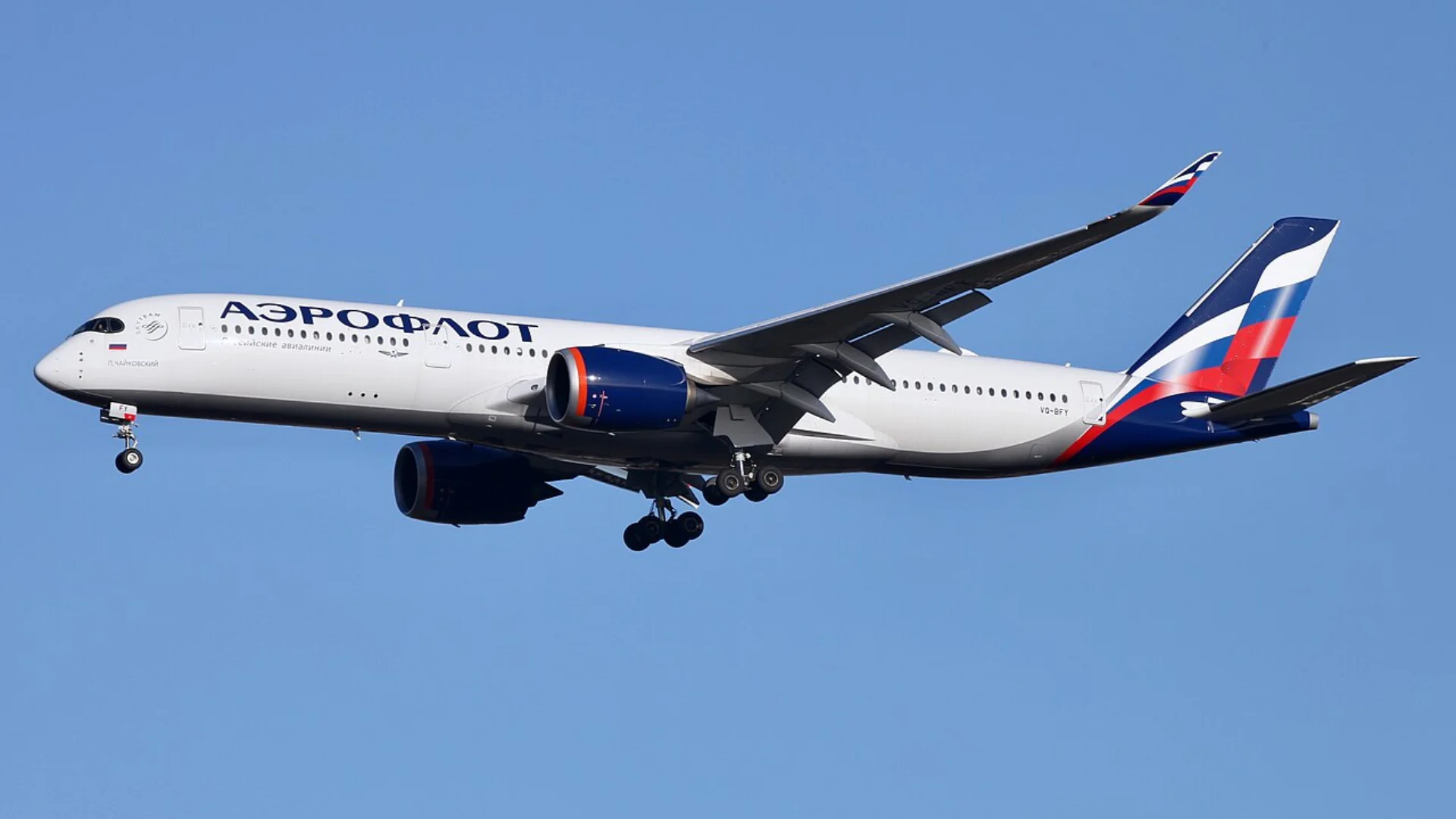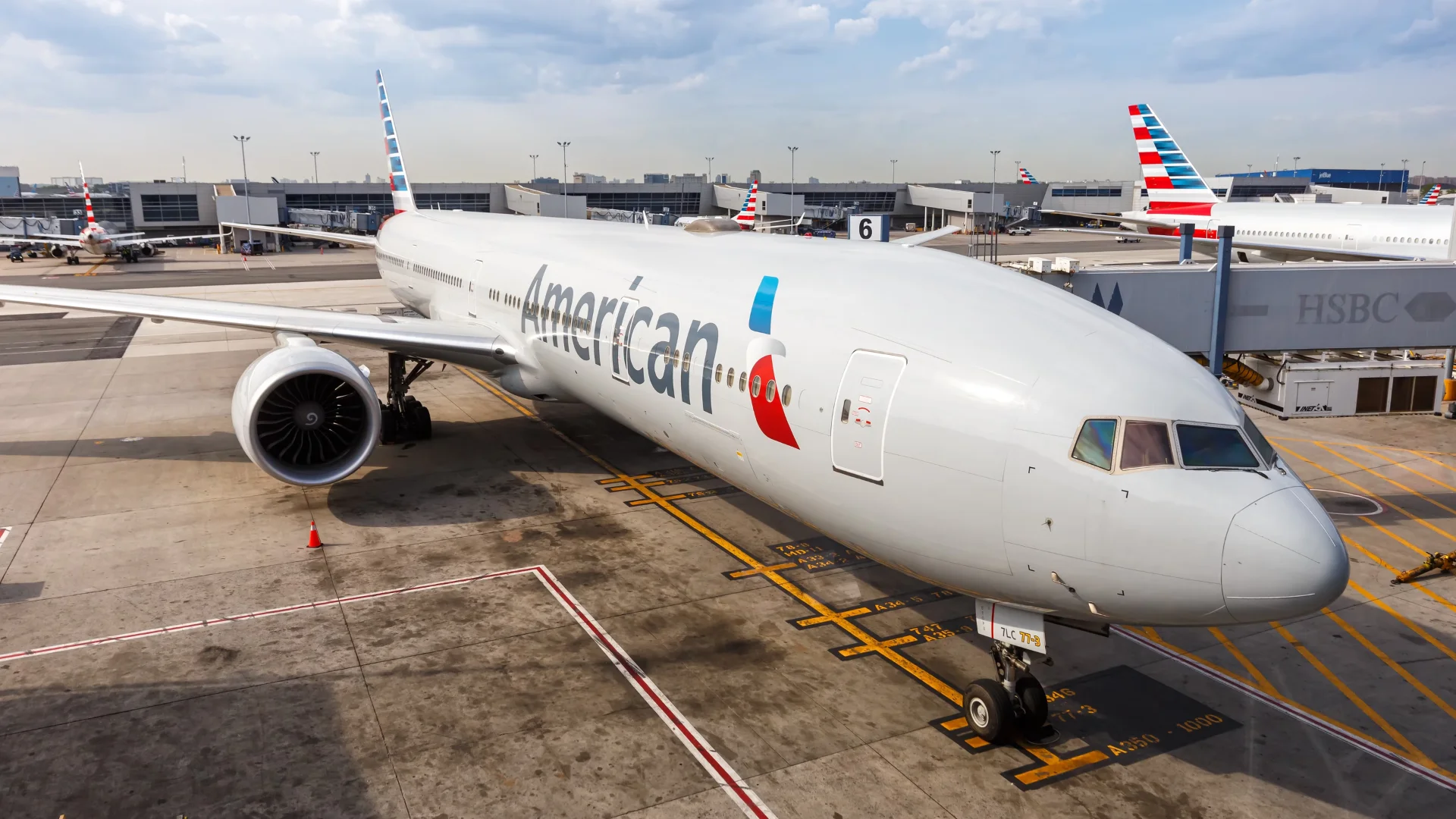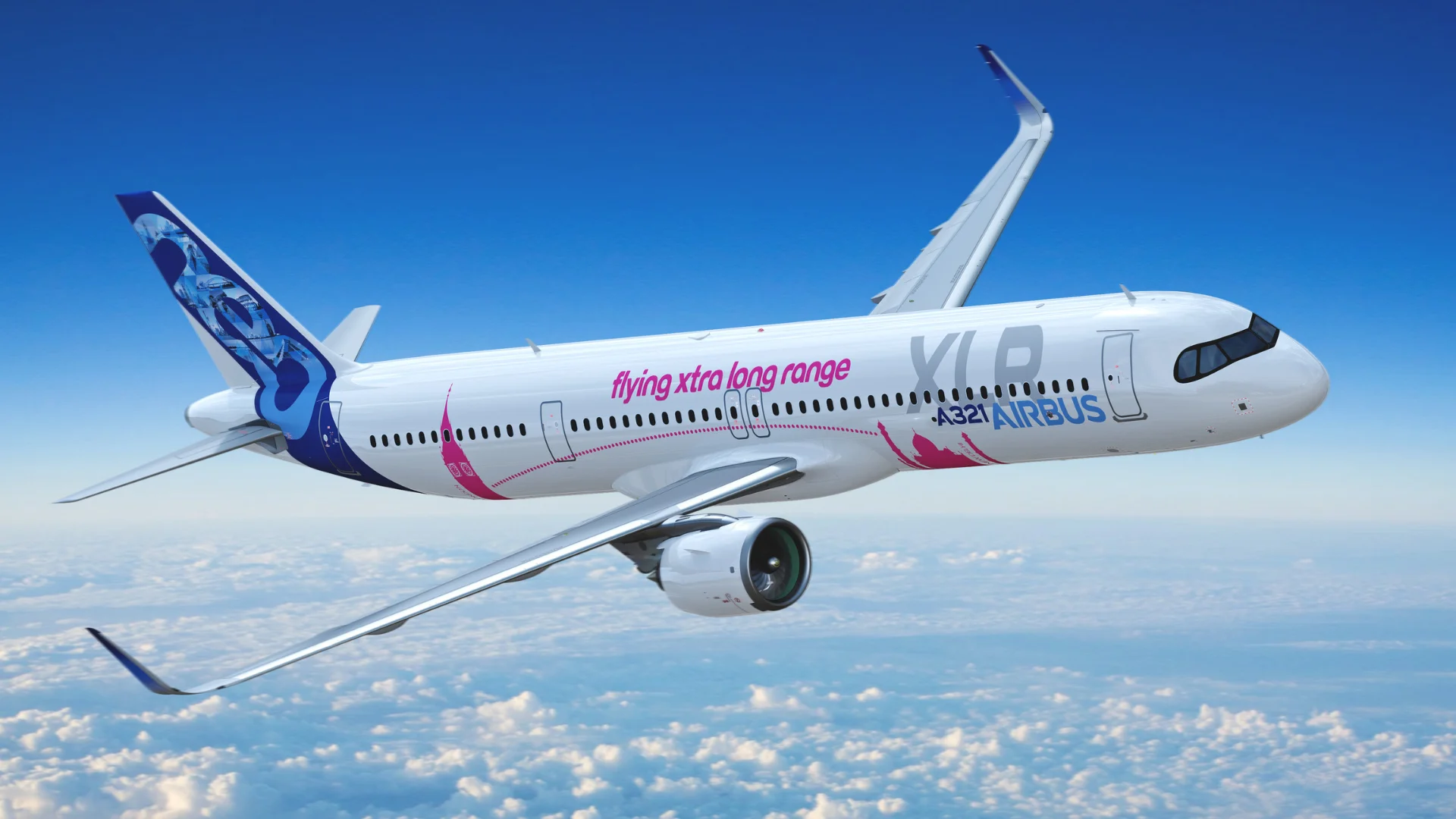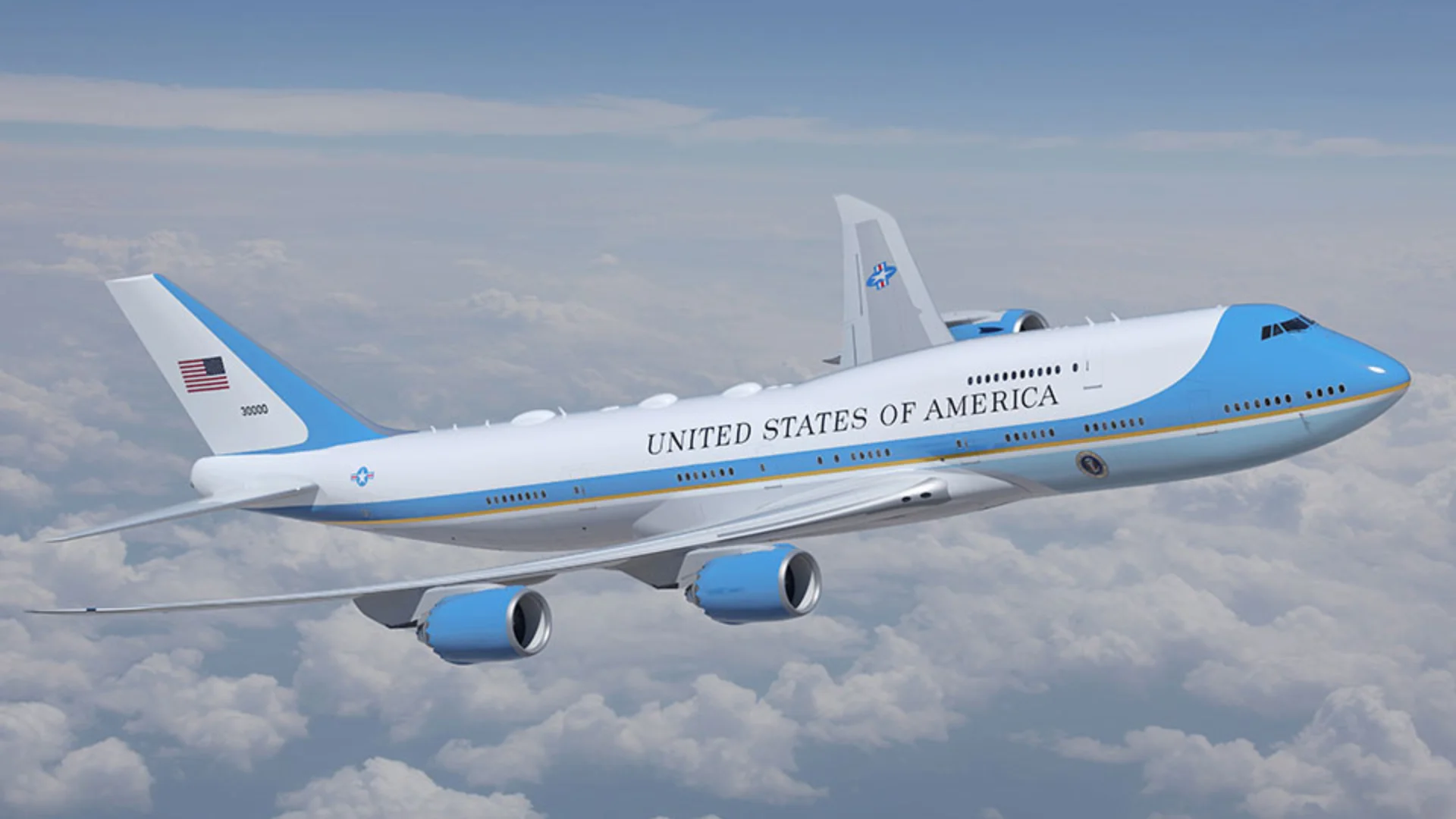General Electric Aerospace, a key player in the aircraft engine industry, has been utilizing a Boeing 747 as a flying testbed for its next-generation engines. This initiative follows the spin-off of GE Aerospace from General Electric in April 2024, making it the sole business line of the former conglomerate.
The company is known for developing advanced aircraft engines, including electric propulsion systems and turbine engines. It collaborates with Safran Aircraft Engines through CFM International, which is recognized as the leading supplier of aircraft engines globally.
To ensure their new engines meet rigorous standards, GE Aerospace conducts extensive testing. The process starts on the ground with static and stationary operating tests before moving to flight testing using a flying testbed like the Boeing 747. "As a new aircraft engine gets developed," said General Electric Aerospace, "the engine goes through a significant testing program."
 Alerts Sign-up
Alerts Sign-up



